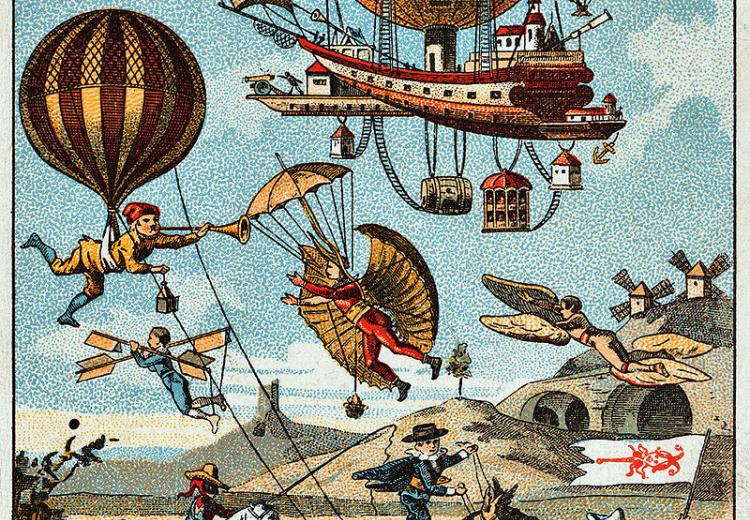Examining Utopia & Dystopia in The Giver

Utopian flying machines, France, 1890–1900.
Throughout Lois Lowry’s The Giver, the main character Jonas realizes there are more elements to life than he has been led to believe. The Community, a seemingly utopian society with strict rules about everything from behavior to birthday presents, does not include important aspects like color and emotion. Jonas also realizes that the Community does not allow books, other than government approved text books. As he begins to gain knowledge and memories from the Receiver, Jonas realizes that the utopian society he has been part of might not be so perfect. This lesson explores how The Giver addresses issues of personal identity, memory, and the value of reading and education. It also explores how this newer read relates to other famous classics in this genre and books that students have read on their own.
Guiding Questions
How does The Giver complicate the differences between utopia and dystopia?
What is the significance of personal and communal history, memories, and reading throughout the novel?
How does Lowry critique contemporary society through the creation of an alternate society?
To what extent does The Giver relate to other classical texts that deal with the importance of reading and education?
Learning Objectives
Analyze how the Community relates to students’ own communities, institutions, and serves to provide social commentary.
Compare The Giver to other texts and how each text discusses the overall value of literature in students own lives.
Evaluate the decisions made in the book about preserving and sharing information to inform the creation of a personal list for the Receiver.
